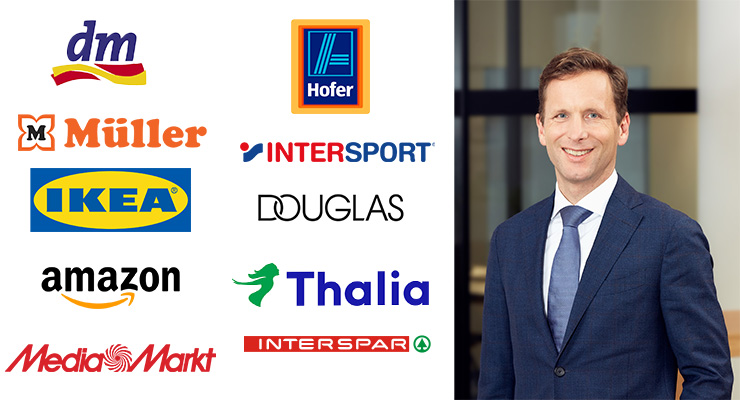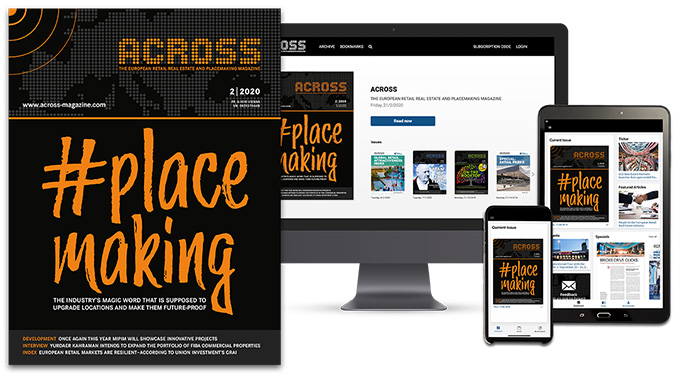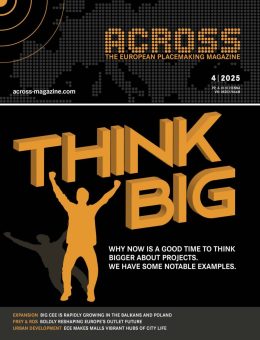“Price and assortment remain decisive for consumers – but anyone who wants to be successful in the long term must also build trust and relevance,” emphasizes Nikolaus Köchelhuber, Partner at EY-Parthenon. “Retailers who stand for clear values and deliver on a consistent brand promise can retain customers sustainably, even in economically challenging times.”
Key Findings of the Study
The Top 10 most popular retailers among Austrians in 2025, with differences compared to 2024 noted below:
- dm-drogerie markt – 80.1 points (+2.2)
- Müller – 74.6 points (+0.8)
- IKEA – 73.8 points (+3.8)
- Amazon – 72.4 points (+3.0)
- MediaMarkt – 72.0 points (+0.5)
- Hofer – 71.8 points (+3.5)
- Intersport – 71.4 points (+1.8)
- Douglas – 70.6 points (+1.2)
- Thalia – 70.4 points (-5.5)
- Interspar – 69.8 points (+0.1)
As for the Top 3 in the most important categories, HOFER, dm, Zalando, IKEA, and Amazon are taking the lead:
- Food: (1) HOFER, (2) Interspar, (3) Eurospar
- Drugstore & Cosmetics: (1) dm, (2) Müller, (3) Douglas
- Clothing: (1) Zalando, (2) Peek & Cloppenburg, (3) Zara
- Furniture: (1) IKEA, (2) XXXLutz, (3) mömax
- Electronics: (1) Amazon, (2) MediaMarkt, (3) refurbed
A notable trend is the rise of discounters, who increasingly appeal to consumers of all age groups with their combination of price awareness and quality promise.
Price Sensitivity reigns
The unfortunate economic circumstances and the ever-rising inflation are strongly impacting customer behavior. Successful retailers may address this matter with adaptive pricing strategies, private labels, and transparent performance promises.
“Consumers are responding to inflation with more conscious consumption, not with cheaper products,” explains Köchelhuber. “Retail must master this balancing act – acting price-consciously while maintaining quality and brand identity.”
About the Study
For the EY-Parthenon Performance Ranking, more than 4,500 Austrian consumers were surveyed at the beginning of the year. The ranking measures overall customer satisfaction in Austria across over 80 retailers from various sectors and also examines factors such as likelihood of use, likelihood of recommendation, and trust in retailers.






